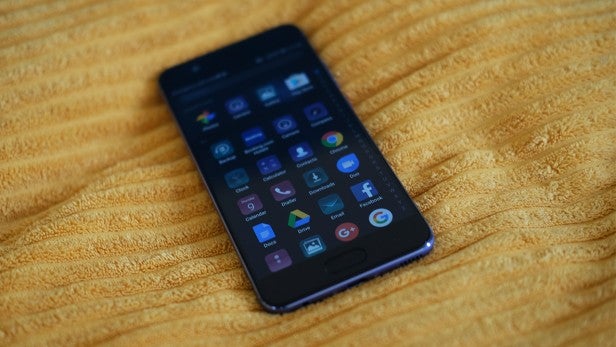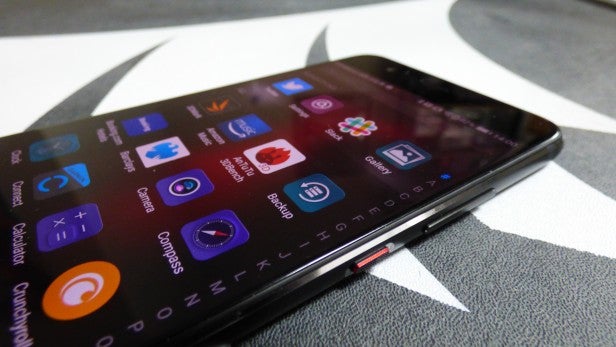Huawei P10 Review - Software and performance Review
Software and performance
Our long-term verdict on Huawei's current flagship

Sections
- Page 1 Huawei P10 Review
- Page 2 Software and performance Review
- Page 3 Camera Review
- Page 4 Battery and Conclusion Review
Huawei P10 – Software
The P10 comes loaded with Android 7.0 Nougat overlaid with Huawei’s Emotion UI 5.1. While I’m happy to see Nougat, which is by far the best iteration of Android to date, I’m less enamoured with Huawei’s Emotion software.
Android skins made sense back in the day, when the OS was young and missing key features. But since Android Lollipop, which was a turning point for the OS, I’ve felt they’re generally detrimental to the user experience for a couple of reasons.
First, because most of the additions are either superfluous, or duplicate services to ones already included on Android. This issue remains true on the P10, whose menu system has been completely rejigged and comes with numerous duplicate services for items such as music, photos and calendar.
I wish more companies would follow Moto’s example and put a clean install of Android on their phones, or at the very least do what HTC has with its One series and stop adding duplicate apps.

The second issue is that the skin’s code always delays how quickly handsets can be upgraded to new versions of Android. The appearance of Emotion is likely to be a key reason the P10 isn’t running on the latest Android 7.1 version of Nougat.
Being fair to Huawei, the version of Emotion on the P10 is the best I’ve tested. The company has made some changes that show it’s listening to customer feedback. These include small tweaks, like the ability to re-add Android’s app tray to the UI and unistall some of the unwanted apps; in terms of usability, they make a huge difference.
Huawei’ has also done some interesting work to improve the OS under the hood, using Ultra Memory. Ultra Memory is a background feature designed to let the phone run more smoothly by recycling memory faster.
Huawei P10 – Performance
The P10 uses the same Kirin 960 chipset as the Huawei Mate 9 phablet, and it’s paired with a Mali G71 MP8 GPU and 4GB of RAM. The specs are a step up on the P9, which used an older Kirin 955 CPU and, on paper, put the device on a par with competing flagships. Both remain slightly behind the Plus version, however, which comes with 6GB of memory – although, to be perfectly honest, this amount of memory on a smartphone is complete overkill.
With regular use I didn’t have any serious problems with the P10’s performance. Apps opened in milliseconds and the phone dealt with multiple tab web browsing without any signs of stuttering. The only time I noticed any performance disparity between it and competing flagships was when gaming.
Playing demanding titles such as Riptide GP2, Star Cindy and Banner Saga 2, the phone took a fraction of a second longer to load than phones such as the Google Pixel. The games did run smoothly once up, but the P10 became noticeably hotter than rival phones during prolonged play sessions – although not to the point I was worrying about CPU throttling.
Related: Best Android Smartphones
The P10’s performance during TrustedReviews’ standard suite of synthetic benchmarks mirrored my real-world findings. In the CPU-focused Geekbench 4 test, the P10 ran in with impressive 1,933 single-core and 6,145 multi-core scores. The Pixel finished with lower 1,562 single-core and 4,072 multi-core scores, by comparison.
The P10 performed less well in the GPU-focused 3DMark: Slingshot test. Here it scored 2,604, placing it well below the Pixel and its 3,463 score.
Call quality is also solid. The speakers and microphone are more than good enough to make and take calls, even on busy London streets. The speakers are also powerful enough to take calls on loudspeaker in non-noisy environments, though I really wouldn’t recommend using them to listen to music.
How we test phones
We test every mobile phone we review thoroughly. We use industry standard tests to compare features properly and we use the phone as our main device over the review period. We’ll always tell you what we find and we never, ever, accept money to review a product.


